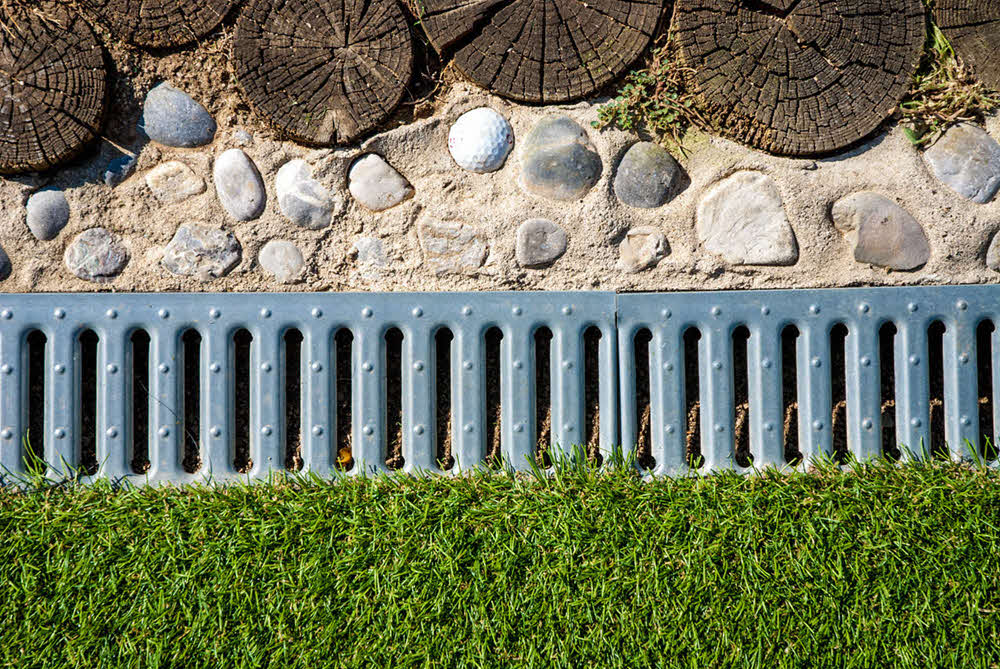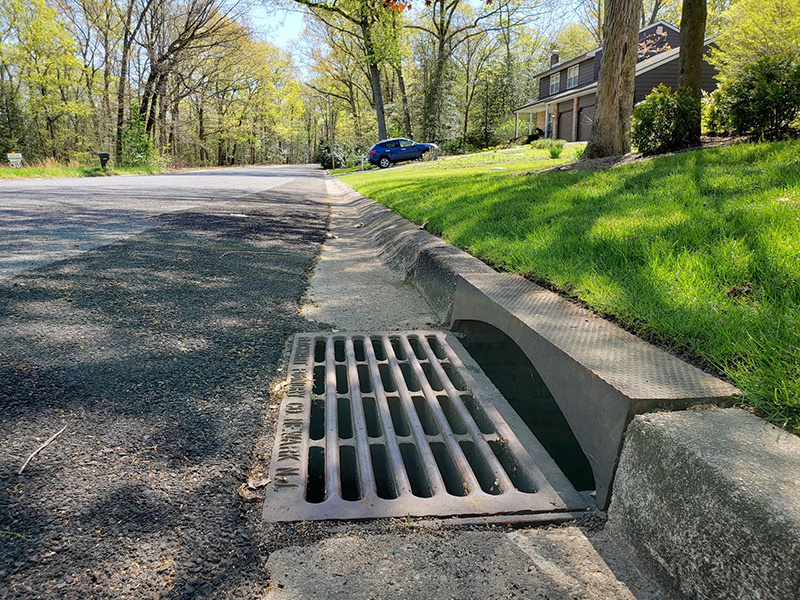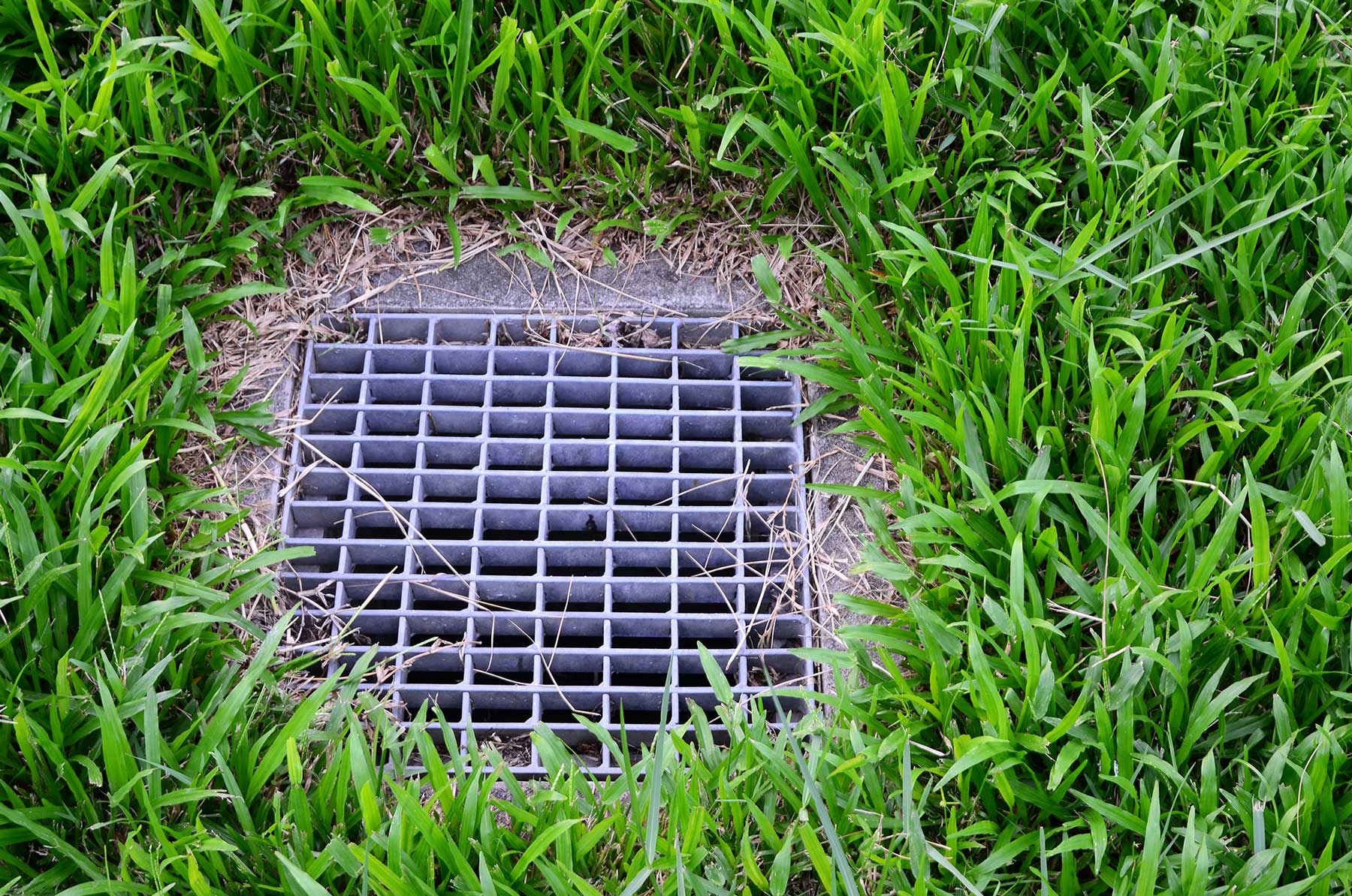Residential Storm Drain Servicesin Marine City MI
Residential Storm Drain Solutions to Protect Your Home from Water Damage
We Are Locally Owned & Operated For Over 37 Years
Contact Us Today!
We Serve Businesses In And Around The Following Cities:
About Residential Storm Drain Services
Understanding Residential Storm Drain Systems in Marine City for Commercial Properties
The evolution of cities like Marine City has brought with it changes to not only the skyline but also its ground. An essential aspect of managing built environments in such locations is the installation and management of residential storm drains. These systems are as critical to urban living as the structures these cities keep erecting. This article provides a detailed guide on residential storm drain systems in Marine City for commercial properties.
The Importance of Residential Storm Drain Systems
Similar to how veins and arteries carry blood throughout the body, storm drains are vital components that channel storm runoff across a landscape. As a property owner, it is highly beneficial to understand the intricacies of house storm drains, as these are primarily responsible for directing water away from your property. They work to prevent pooling of water that can damage the foundations, landscapes, and the overall structure of your property.
Whether a storm drain for a driveway, a storm drain designed for a house, or a storm drain for a yard, it is crucial to ensure it is installed and functioning correctly. Notably, a storm drain in a yard, or otherwise referred to as a backyard storm drain, prevents water clog up and prolongs the lifespan of the yard. In the same vein, a storm drain basement serves to mitigate the risk of flooding that could potentially cause immense damage.
Expert services like those offered by D&J Contracting offer a comprehensive approach to storm drain systems planning and installation, ensuring that the appropriate measures are taken to effectively manage stormwater and keep your commercial property protected. Their industry expertise and localized knowledge of Marine City extend to solving unique challenges and offering sustainable solutions.
The Process of Installing Residential Storm Drain Systems
In Marine City, the process of installing a residential storm drain system can be quite complex, as it considers various factors such as local climate conditions, terrain, and landscape design. Tailored plans are created to address these variables and to ensure proper water flow from all parts of the property.
After a tailored plan is created, the drain is installed at a location where water typically collects. To do this, a trench is dug and then carefully filled with gravel. A catch basin is then placed at the appropriate point in the trench, and the drain pipe is meticulously laid on the bed of gravel and covered with more gravel to ensure proper water filtration. Depending on the type of setting, the installation of drainage solutions varies. For example, a storm drain in a basement differs from a storm drain for a driveway or yard.
The team at D&J Contracting are experienced and skilled in designing and installing tailored storm drain systems that address specific site conditions and requirements. Their clients from Marine City bear testimonials to their top-tier services and customer assistance.
Real-World Applications of Residential Storm Drains in Marine City
Storm drains have an array of real-world applications in Marine City, particularly in commercial properties with extensive landscapes, parking lots, or multiple structures. For example, a shopping center may utilize a variety of storm drains, including drains placed in parking areas (similar to driveway storm drains) and other strategically placed drains aimed at preventing water from collecting near the building.
Apartment complexes, with ample green spaces, also greatly benefit from storm drains in yards, playgrounds, or recreational areas ensuring that residents can enjoy these spaces without the inconvenience of water pooling after heavy rains. It also prevents any potential damage to the property’s infrastructure.
When it comes to the local community, Marine City has been observed to fare better during the rainy season owing to efficient home storm drain solutions carried out by accomplished service providers like D&J Contracting. Their experience and commitment to service have played a significant role in making Marine City properties exceptionally equipped to manage stormwater.
To conclude, understanding and implementing an efficient residential storm drain system is essential for preserving the integrity and lifespan of your commercial property in Marine City. Equipping your property with a well-designed storm drain system not only assures better stormwater management but also gives you peace of mind. Services offered by experts like D&J Contracting leverage tailored strategies, local knowledge, and industry experience to protect your property from potential stormwater damage. Consider their services for your property to ensure you’re not just outfitted with an efficient system, but also prepared for any severity of stormwater issues that might come in the future.
Residential Storm Drain Services Gallery


Call Us Today to receive your Free Quote for
Residential Storm Drain in Marine City
Serving: Marine City, Michigan

About Marine City, Michigan
The area of Marine City had been Ojibwa territory for centuries before the first European contact. Beginning in the 17th century, French trappers and missionaries entered the territory, followed by settlers in the colonial period on both sides of the Detroit and St. Clair rivers. Farmers developed long, narrow plots that were laid out in the typical rectangular shape of colonial French, with the narrow end along the riverfront. The first Catholic Church was built by French Catholics at Catholic Point, where they had bought land before the United States was formed. French Canadians also lived on the other side of the river in a small farming community known as Petite Côte.
It was not until after the American Revolution that European-American settlers arrived in any number. In the 1780s they obtained a deed for land from the Chippewa Indians. The Americans began to call the community “Yankee Point”, because so many settlers came from the Northern Tier of states, with late 18th and 19th-century westward migration originating from New England and New York. They also called the settlement “Belle River” (Belle Riviere in French), as the French had; this later was applied as the name of a neighborhood.
The village was platted by Americans as Newport in 1835–37. Although never incorporated by that name, it was known as “Newport” for 31 years. In 1865, it was incorporated as the Village of Marine City. Thriving on lumber trade and shipbuilding, the village re-incorporated as a city in June 1887.
The second half of the 19th century was the period of great growth in the village, with many workers employed in the lumber and shipping industries. Rafts of lumber were moved down the St. Clair River in the spring to be worked at Marine City or Detroit. Shipyards built some of the many wooden ships that crossed the Great Lakes. Lake steamers linked passengers with small towns around the lakes. Their decks were full and their flags were flying. Marine City was centered on a park by the St. Clair River, where bands played in the bandstand at City Hall during the summer.
As the lumber business ran down with the exploitation of forests, the area became linked to other resource extraction. Freighters carried iron from Duluth, Minnesota, which had been mined in the Mesabi Range, to Ashtabula, Ohio for steel processing. They passed from Lake Superior through Lake Huron and to Lake Erie. Marine City was known as the town on the St. Clair River where the captains of lake freighters lived. Many of these men and their crews worked for the Pittsburgh Steamship Company. Formed in 1901 by US Steel Corporation, it became the largest commercial fleet on the Great Lakes.
In the 21st century, Marine City has become the home of ten antique stores. The Snug Theater is a 98-seat theater featuring live performances. It will be joined in 2014/15 by a sister theater, The Riverbank Theater, in a former bank building (originally Marine Bank & Trust) down the street. Also joining the two acting theaters is the old Mariner Theatre, which serves as a special event center, movie theater, gallery for fine art Models, and site of the builders model for the ocean-going Titanic. Restaurants and retail in downtown also cater to visitors and residents.
The Heather House, now operated as a bed and breakfast, was built in the Queen Anne Victorian-style. It was completed in 1885 after 2 years of construction for its owner, William Sauber. He was chief engineer for the Mitchell fleet of Great Lake steamers.
- According to the United States Census Bureau, the city has a total area of 2.46 square miles (6.37 km), of which 2.15 square miles (5.57 km) is land and 0.31 square miles (0.80 km) is water.
- It is considered to be part of the Thumb of Michigan, which in turn is a subregion of the Flint/Tri-Cities.
- Marine City can also be considered as in the Blue Water Area, a subregion of the Thumb.
- It is part of the Detroit-Warren-Livonia Metropolitan Statistical Area (MSA) and the Detroit-Ann Arbor-Flint Combined Statistical Area (CSA).
| Census | Pop. | Note | %± |
|---|---|---|---|
| 1870 | 1,240 | — | |
| 1880 | 1,673 | 34.9% | |
| 1890 | 3,268 | 95.3% | |
| 1900 | 3,829 | 17.2% | |
| 1910 | 3,770 | −1.5% | |
| 1920 | 3,731 | −1.0% | |
| 1930 | 3,462 | −7.2% | |
| 1940 | 3,633 | 4.9% | |
| 1950 | 4,270 | 17.5% | |
| 1960 | 4,404 | 3.1% | |
| 1970 | 4,567 | 3.7% | |
| 1980 | 4,414 | −3.4% | |
| 1990 | 4,556 | 3.2% | |
| 2000 | 4,652 | 2.1% | |
| 2010 | 4,248 | −8.7% | |
| 2020 | 4,079 | −4.0% | |
| U.S. Decennial Census | |||
As of the census of 2010, there were 4,248 people, 1,765 households, and 1,117 families residing in the city. The population density was 1,975.8 inhabitants per square mile (762.9/km). There were 2,015 housing units at an average density of 937.2 per square mile (361.9/km). The racial makeup of the city was 96.8% White, 0.3% African American, 0.7% Native American, 0.2% Asian, 0.5% from other races, and 1.6% from two or more races. Hispanic or Latino of any race were 1.7% of the population.
There were 1,765 households, of which 31.1% had children under the age of 18 living with them, 44.6% were married couples living together, 13.3% had a female householder with no husband present, 5.4% had a male householder with no wife present, and 36.7% were non-families. 31.3% of all households were made up of individuals, and 14% had someone living alone who was 65 years of age or older. The average household size was 2.41 and the average family size was 3.00.
The median age in the city was 40.2 years. 22.9% of residents were under the age of 18; 8.2% were between the ages of 18 and 24; 25.8% were from 25 to 44; 27.9% were from 45 to 64; and 15.3% were 65 years of age or older. The gender makeup of the city was 48.2% male and 51.8% female.
As of the census of 2000, there were 4,652 people, 1,860 households, and 1,212 families residing in the city. The population density was 2,120.8 inhabitants per square mile (818.8/km). There were 2,006 housing units at an average density of 914.5 per square mile (353.1/km). The racial makeup of the city was 97.29% White, 0.09% African American, 0.56% Native American, 0.26% Asian, 0.86% from other races, and 0.95% from two or more races. Hispanic or Latino of any race were 1.38% of the population.
There were 1,860 households, out of which 33.5% had children under the age of 18 living with them, 48.2% were married couples living together, 12.7% had a female householder with no husband present, and 34.8% were non-families. 30.8% of all households were made up of individuals, and 14.4% had someone living alone who was 65 years of age or older. The average household size was 2.50 and the average family size was 3.15.
In the city, the population was spread out, with 27.6% under the age of 18, 8.2% from 18 to 24, 30.5% from 25 to 44, 19.4% from 45 to 64, and 14.2% who were 65 years of age or older. The median age was 36 years. For every 100 females, there were 90.4 males. For every 100 females age 18 and over, there were 88.6 males.
The median income for a household in the city was $40,146, and the median income for a family was $47,308. Males had a median income of $39,228 versus $23,677 for females. The per capita income for the city was $19,722. About 7.6% of families and 8.9% of the population were below the poverty line, including 9.0% of those under age 18 and 16.1% of those age 65 or over.
Call Us Today to receive your Free Quote for
Residential Storm Drain in Marine City
Related Services in Marine City, Michigan
We Serve Businesses In The Following Zip Codes:
48007, 48015, 48021, 48026, 48035, 48036, 48038, 48042, 48043, 48044, 48045, 48046, 48047, 48048, 48050, 48051, 48066, 48071, 48080, 48081, 48082, 48083, 48084, 48085, 48088, 48089, 48090, 48091, 48092, 48093, 48098, 48099, 48225, 48230, 48236, 48310, 48311, 48312, 48313, 48314, 48315, 48316, 48317, 48318, 48397